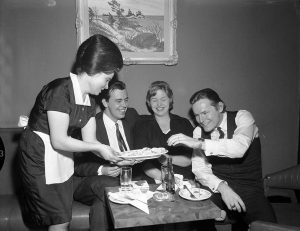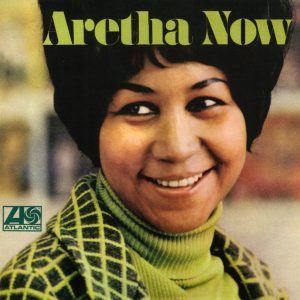Johann Sebastian Bach is one of the giants. Classical Archives offers a long list of links with which it says educated music lovers should be familiar. The site also offers a well written bio of the Baroque composer, organist, harpsichordist, violist, and violinist:
Johann Sebastian Bach was better known as a virtuoso organist than as a composer in his day. His sacred music, organ and choral works, and other instrumental music had an enthusiasm and seeming freedom that concealed immense rigor. Bach’s use of counterpoint was brilliant and innovative, and the immense complexities of his compositional style—which often included religious and numerological symbols that seem to fit perfectly together in a profound puzzle of special codes—still amaze musicians today. Many consider him the greatest composer of all time.
Bach was born in Eisenach in 1685. He was taught to play the violin and harpsichord by his father, Johann Ambrosius, a court trumpeter in the service of the Duke of Eisenach. Young Johann was not yet ten when his father died, leaving him orphaned. He was taken in by his recently married oldest brother, Johann Christoph, who lived in Ohrdruf. Because of his excellent singing voice, Bach attained a position at the Michaelis monastery at Lüneberg in 1700. His voice changed a short while later, but he stayed on as an instrumentalist. After taking a short-lived post in Weimar in 1703 as a violinist, Bach became organist at the Neue Kirche in Arnstadt (1703-1707). His relationship with the church council was tenuous as the young musician often shirked his responsibilities, preferring to practice the organ. One account describes a four-month leave granted Bach, to travel to Lubeck where he would familiarize himself with the music of Dietrich Buxtehude. He returned to Arnstadt long after was expected and much to the dismay of the council. (Continue Reading…)
Above is the “Double Violin Concerto in D Minor, 2nd Movement” and below — in keeping with the spirit of the season — is the “Christmas Oratorio BWV 248 – Part I: ‘For the First Day of Christmas.’“










Add Comment